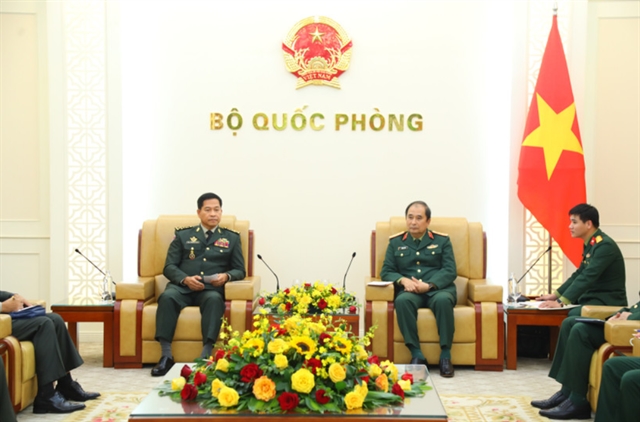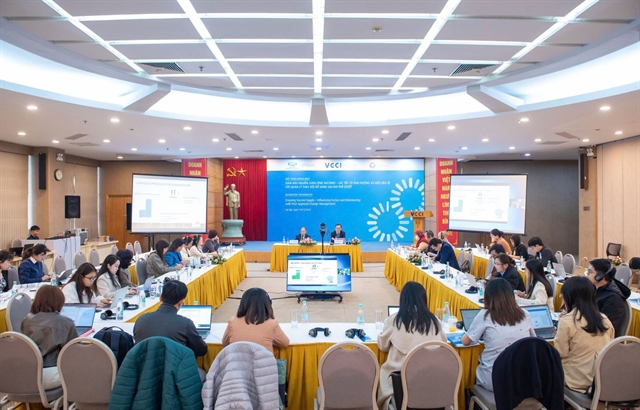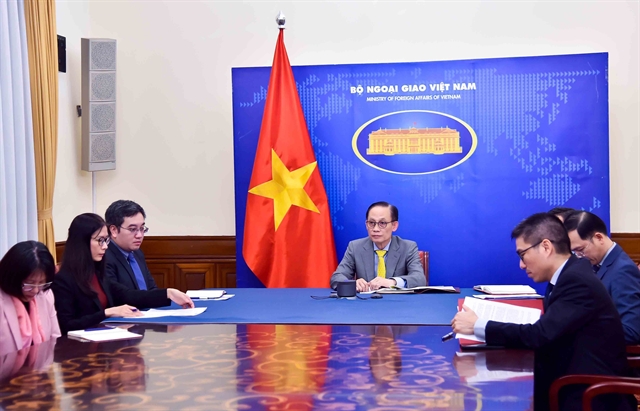 Economy
Economy
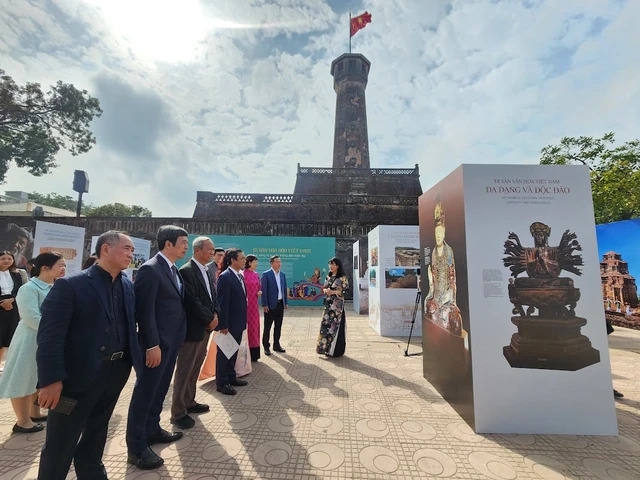
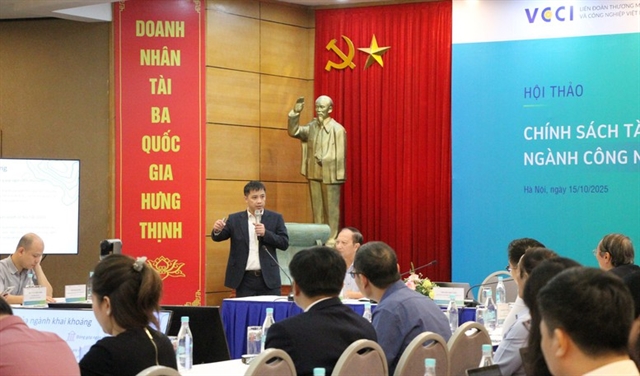
|
| Đậu Anh Tuấn, Deputy Secretary General and Head of Legal Affairs at the Việt Nam Chamber of Commerce and Industry (VCCI) answers question at the workshop. VGP Photo |
HÀ NỘI The mining industry plays a crucial role in Việt Nam’s economy, supplying key raw materials for industrial production and contributing significantly to the State budget. Yet, current financial policies show gaps that need to be reviewed to ensure sustainability and enhance competitiveness, heard participants at a workshop in Hà Nội on October 15.
According to Mr Nguyễn Văn Phụng, senior expert in taxation and former Director General of the Large Enterprise Tax Department (Ministry of Finance), mining companies shoulder multiple obligations related to land, the environment, and nine different taxes and fees, including resource tax, corporate income tax, mineral exploitation fees, and environmental protection levies.
“Corporate income tax in mining can reach up to 50 per cent, while the national average is about 25 per cent,” Phụng noted. The overlapping and heavy tax burden, he said, increases compliance costs and weakens investment efficiency.
A major overlap exists between the resource tax and the mineral exploitation right fee, both based on the value of extracted resources but administered by different authorities, requiring separate declarations and payments. Phụng suggested that merging or harmonising these mechanisms could both secure budget revenues and reduce administrative burdens for enterprises.
Experts agreed that reforming financial policies in the sector would enhance governance, improve transparency, and create fairer conditions for sustainable investment and deep processing.
Representing the business community, Phan Chiến Thắng, Deputy General Director of Masan High-Tech Materials, said that while companies usually plan for resource taxes below 10 per cent, actual rates often range from 6 to 25 per cent once projects are operational. This discrepancy complicates financial balancing and investment returns.
He added that Masan High-Tech Materials currently makes provisional payments of about VNĐ160 billion annually. When including environmental protection fees, total taxes and charges — excluding corporate income tax — represent roughly 24 to 26 per cent of revenue, affecting competitiveness.
The Department of Geology and Minerals of Việt Nam (Ministry of Agriculture and Environment) affirmed that the mineral exploitation right fee is based on the principle that the State, as owner of national resources, has the right to collect revenue when granting exploitation rights.
Since 2014, this mechanism has contributed more than VNĐ53.5 trillion to the State budget. However, implementation has revealed inconsistencies: calculations based on approved reserves can be inaccurate, and payment requirements before production begins create heavy capital pressure and affect project cash flow.
Sustainable finance
Experts believe Việt Nam needs a coherent, flexible financial policy ecosystem for mining — one that not only generates revenue but also regulates development, encourages innovation, and ensures post-extraction environmental recovery.
Đậu Anh Tuấn, Deputy Secretary General and Head of Legal Affairs at the Việt Nam Chamber of Commerce and Industry (VCCI), said that to achieve the sustainable development goals for 2030 and the 2045 vision under the Politburo's Resolution 10-NQ/TW, Việt Nam requires a new fiscal mindset — “collect less but effectively, collect transparently and fairly.” This, he said, calls for a comprehensive review of all taxes and fees to eliminate overlaps and create incentives for deep processing and value-added production.
Reforming the financial framework also means modernising governance, shifting from management by extraction volume to management by efficiency and socio-economic contribution.
As Việt Nam advances toward a green and circular economy, establishing a transparent, fair and feasible financial system for the mining sector will not only reduce burdens on enterprises but also strengthen resource governance, protect national interests and reinforce Việt Nam’s position in the global value chain. VNS

